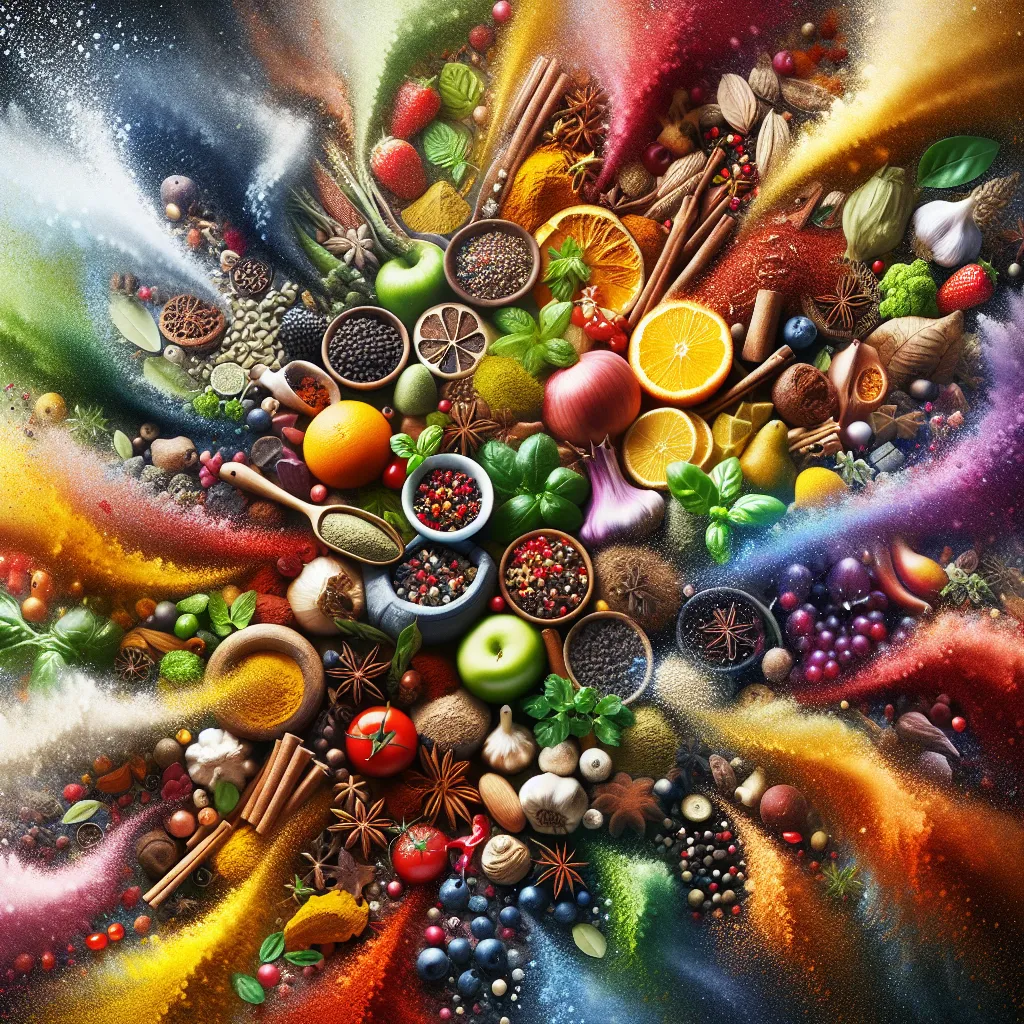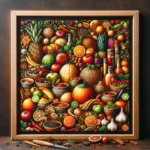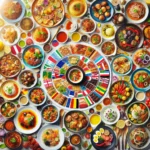The Art of Pairing Unlikely Flavors: Unveiling Surprising Combinations
The art of taste exploration involves not only discovering new flavors and ingredients but also delving into the art of pairing unlikely flavors to unveil surprising combinations. When it comes to culinary creativity, combining flavors that may seem unconventional at first can result in an exciting and unique dining experience.
Pairing sweet and savory flavors, such as combining strawberries with balsamic vinegar or adding a hint of heat to chocolate-based dishes with a touch of chili, adds depth and complexity to the overall taste profile. Furthermore, experimenting with contrasting textures, such as the crunch of nuts with the creaminess of a sauce, can elevate a dish to a whole new level.
Exploring unexpected flavor pairings from different culinary traditions, such as infusing Asian flavors into classic European dishes or incorporating tropical fruits into traditionally savory recipes, opens up a world of exciting taste possibilities. Additionally, combining fresh herbs and spices in innovative ways can introduce a striking twist to familiar dishes, enriching the sensory experience for the palate.
The art of pairing unlikely flavors not only challenges conventional culinary norms but also encourages a sense of adventure and creativity in the kitchen. As food enthusiasts continue to push boundaries and explore new combinations, the possibilities for creating memorable and exceptional dining experiences are endless.
Embarking on a Culinary Adventure: Exploring Exotic Ingredients
Embarking on a culinary adventure and exploring exotic ingredients is an exhilarating journey that opens up a world of new flavors and culinary possibilities. The art of taste exploration goes beyond the familiar and dives into the realm of the unknown, where ingredients such as sumac, za’atar, and kaffir lime leaves await to tantalize the palate.
Exploring exotic ingredients involves a blend of curiosity, open-mindedness, and a willingness to step outside of one’s culinary comfort zone. It’s about embracing the unfamiliar and understanding the cultural significance of ingredients that may be indigenous to specific regions or cuisines. By incorporating these exotic elements into cooking, one can elevate dishes to new heights and create sensory experiences that are truly unforgettable.
When embarking on a culinary adventure to explore exotic ingredients, it’s essential to approach the process with a sense of respect for the traditions and origins of these elements. Whether it’s experimenting with unique spices, rare fruits, or unfamiliar herbs, each ingredient has a story to tell and a flavor profile waiting to be discovered. By immersing oneself in the rich tapestry of global gastronomy, one can uncover a treasure trove of tastes that add depth and complexity to culinary creations.
Exploring exotic ingredients also provides an opportunity to support sustainable and ethical food practices. Many exotic ingredients are sourced from small-scale producers and artisanal suppliers, making it important to understand the impact of our culinary choices on local communities and ecosystems. By being mindful of the provenance of exotic ingredients, we can contribute to the preservation of culinary traditions and the promotion of biodiversity.
In essence, embarking on a culinary adventure to explore exotic ingredients is about embracing diversity, expanding culinary horizons, and celebrating the rich tapestry of global flavors. The art of taste exploration invites us to venture beyond the familiar, savor the excitement of the unknown, and create culinary experiences that are as enriching as they are delicious.
The Science of Flavor Development: Understanding the Power of Taste
One of the most fascinating aspects of the art of taste exploration is delving into the science of flavor development. Understanding the power of taste involves a complex interplay of factors that contribute to the perception of flavors. The journey of uncovering new flavors and ingredients is intricately connected to the way our sensory systems process and interpret different tastes.
At the core of the science of flavor development is the role of our taste buds and olfactory senses. The combination of taste and aroma forms the foundation of how we experience flavors. When we taste a dish or sample a new ingredient, our taste buds detect basic tastes such as sweetness, sourness, bitterness, saltiness, and umami. Simultaneously, our sense of smell identifies aromatic compounds, adding layers of complexity to the overall flavor profile.
Beyond the sensory experience, the science of flavor development also delves into the chemical reactions that occur during cooking and food processing. Maillard browning, caramelization, and other chemical processes contribute to the creation of new flavor compounds, transforming raw ingredients into a rich tapestry of tastes. Understanding the science behind these reactions empowers chefs and food enthusiasts to experiment with different cooking techniques and ingredient combinations, opening up endless possibilities for flavor exploration.
When embarking on a journey to uncover new flavors and ingredients, having a grasp of the science of flavor development provides a solid foundation for experimentation. By understanding the interplay of taste, aroma, and chemical reactions, individuals can heighten their appreciation for the complexities of flavor and cultivate a more nuanced palate.




